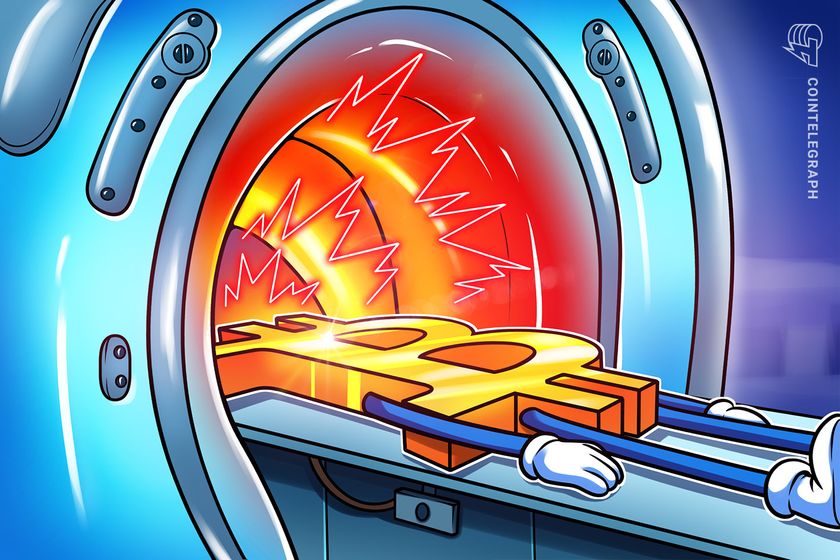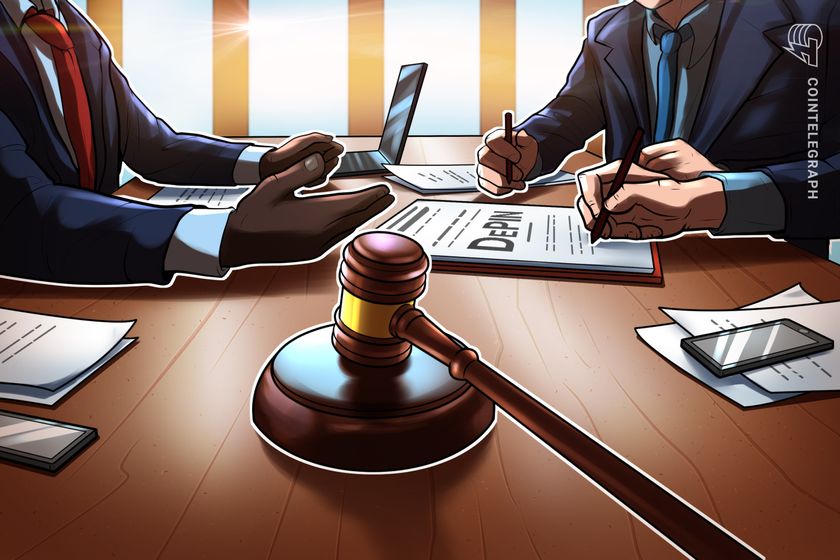
What is Moore’s law, and how does it impact cryptography?

Moore’s law predicts that the number of transistors on a microchip will double approximately every two years, significantly impacting cryptography.
Moore’s law, explained
A fundamental concept in the technology sector, Moore’s law foretells the exponential rise in computing power over time and is named after Gordon Moore.
Gordon Moore, the co-founder and emeritus chairman of Intel Corporation, proposed Moore’s law in 1965. According to him, the number of transistors on microchips — the fundamental building blocks of electronic devices — will double roughly every two years while their production costs will stay the same or even go down. The consequences of this exponential rise in processing capacity for several facets of an individual’s digital life are vast. How does Moore’s law predict the exponential growth of computing power?
Cryptography is a crucial field where Moore’s law is applied. The possible computational capacity for encryption and decryption grows along with processing power as a result of transistor density being doubled.
For instance, as computers get more powerful, cryptographic techniques that were formerly thought to be extremely secure may become vulnerable to attacks. Therefore, stronger encryption techniques and longer key lengths are being developed to guarantee the security and privacy of digital communications.
Moore’s law explains the computing industry’s tremendous improvements, making it possible to produce smaller, more powerful, energy-efficient electronic products. This technological advancement significantly impacts several industries, including entertainment and healthcare.
Additionally, it stimulates economic growth through innovation, creates new markets for goods and services, and increases the effectiveness of existing ones. Maintaining a competitive edge in the market requires keeping up with Moore’s law, as those who adopt the newest technology get the most benefits.
How does Moore’s law impact cryptography?
Moore’s law’s exponential increase in processing power has beneficial and detrimental effects on the encryption industry.
Positive impact
Cryptographers can create more advanced and reliable encryption methods by taking advantage of rising processing capabilities. They can develop encryption algorithms with larger key lengths and more difficult mathematical operations to make it more difficult for potential attackers to decrypt data. Additionally, improvements in cryptography may result in better cyber threat defense and improved security for sensitive data.
Negative impact
On the negative side, potential foes benefit from the quick increase in processing capability, which can decrease the time needed to break encryption keys and weaken security. Data secrecy may be at risk because once-secure cryptographic techniques may become outdated more quickly. To maintain efficient data protection, the field of cryptography must keep up with technological developments in computers.
How does Moore’s law impact blockchain technology?
Moore’s law influences blockchain technology by presenting prospects for scalability, security and energy efficiency, but it also raises issues that need to be resolved to maintain blockchain networks’ decentralization and integrity.
Moore’s law’s prediction of constant doubling of computing power makes it possible for blockchain networks to grow successfully, supporting higher transaction volumes and larger data sets.
Moore’s law encourages the development of more secure cryptographic methods, even though it can provide prospective attackers with more computing capacity to attempt attacks on blockchains. Blockchain data can be protected using more robust encryption techniques, increasing its threat resistance and preserving system confidence.
Furthermore, the increased energy efficiency of hardware, driven by Moore’s law, can potentially reduce the environmental footprint of blockchain networks. The development of specialized hardware, such as ASICs, benefits blockchain stability. However, Moore’s law presents challenges like the potential centralization of blockchain networks.
Blockchain networks can store more data, such as smart contracts and transaction histories, without dramatically raising costs thanks to the growth in storage capacity as facilitated by Moore’s law. This makes it possible for blockchain technology to be used in more complex and robust ways than merely for cryptocurrencies.
Does Moore’s law impact cloud computing?
Moore’s law has influenced the development and general accessibility of cloud computing.
Moore’s law significantly impacts the capabilities and architecture of cloud computing services. The ever-expanding capabilities of server technology allow cloud providers to offer increasingly powerful virtual machines and data storage at affordable prices.
It also encourages the broad use of cloud computing for various applications, from data storage and processing to machine learning and artificial intelligence. This allows organizations and individuals to find more effective and affordable solutions.
However, this increase in processing power also highlights how crucial data security and privacy are since more potent hardware may result in more sophisticated cyber threats and the requirement for enhanced encryption and security measures in the cloud.
Is Moore’s law still relevant in 2023?
Moore’s law continues to be a major force behind technological advancement, even with modifications to account for the rapidly changing semiconductor industry and its considerable effects on the security and scalability of cryptocurrencies and blockchain networks.
Moore’s law continues to be debated and discussed in the technology sector. It’s important to note that Moore’s original theory has already undergone changes in practice, and some experts contend that it no longer accurately captures the rate of advancement in semiconductor technology.
The underlying principles of constant technical growth and innovation continue to drive progress in semiconductor technology, even though the exponential increase in transistor count on a microprocessor every two years might not be as steadfast as it used to be.
Moore’s law served as a guide for the advancement of classical computing technology, but quantum computing represents a paradigm shift that has the potential to continue the trend of exponential growth in computational power for particular problem domains, albeit with its own set of difficulties and constraints.
However, Moore’s law is still relevant from the perspective of cryptocurrencies and blockchain technology. Secure cryptographic algorithms are necessary for cryptocurrencies to protect transactions and uphold the blockchain’s integrity. While Moore’s law has improved processing power, strengthened encryption techniques, and improved blockchain security, it has also presented difficulties.
Due to the continual rise in processing power, which could simplify the efforts of malicious individuals attempting cryptographic attacks and potentially compromise the security of blockchain networks, cryptocurrencies have had to evolve and adapt their security measures. To counteract the benefits provided by Moore’s law, this has led to the development of more durable cryptographic algorithms like Advanced Encryption Standard and a focus on longer key lengths.
Additionally, there’s been a shift to longer key lengths, for example, in RSA encryption, with lengths such as 2048 or 3072 bits. Longer keys make cryptographic procedures substantially more complex, making it much more difficult for attackers to decrypt data without the right key.
Therefore, the applicability of Moore’s law depends on how one understands its original formulation. The industry’s objectives are still very much centered on the development of more potent, energy-efficient and inventive computing technology, even though the exact doubling of transistor count may have slowed.
Go to Source
Author: Jagjit Singh









